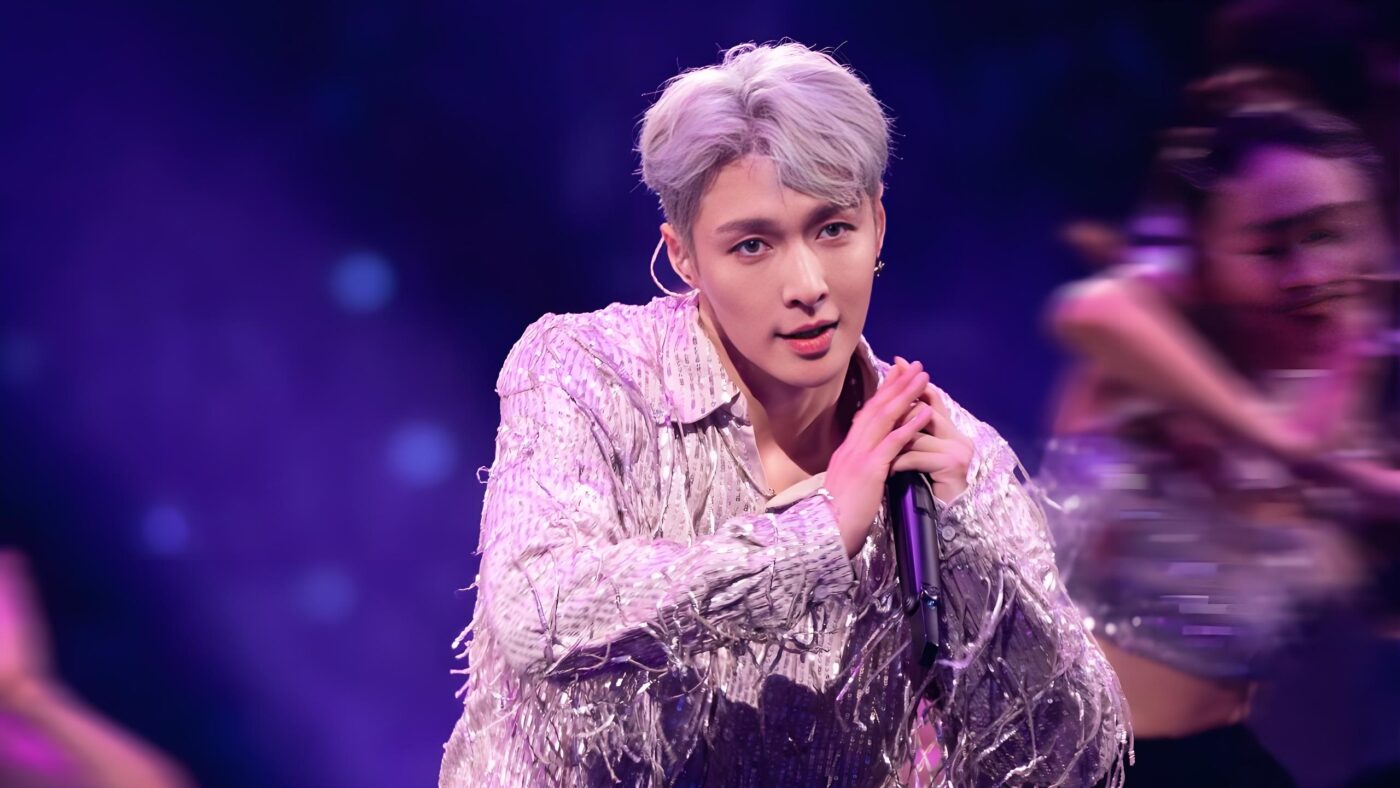Name: Huang Jingxing (黄景行) Nickname: Little Dinosaur (小恐龙), Super Dino Date of Birth: November 15, 1986 Place of Birth: Wenzhou, Zhejiang, China Height/Weight: 173 cm / 55 kg Education: Beijing Contemporary Music Academy, specializing in Song and Dance Occupation: Dancer, Choreographer, Singer Specialization: Popping, Street Dance Years Active: 2004–present Social Media: Active on Weibo Early […]
Category Archives: Chinese Dancer
Styles and Traditions
Chinese dance encompasses a wide range of styles, each with its unique characteristics and cultural significance. These styles can broadly be categorized into traditional Chinese dance, classical Chinese dance, ethnic and folk dance, and contemporary dance.- Traditional Chinese Dance: Rooted in ancient rituals and ceremonies, traditional Chinese dance includes forms like the dragon dance and lion dance, often performed during festivals and celebrations. These dances are characterized by their vibrant costumes, intricate movements, and symbolic gestures, representing themes of prosperity, happiness, and good fortune.
- Classical Chinese Dance: This style draws from Chinese opera and martial arts, emphasizing grace, fluidity, and expressive movements. It often incorporates elements of storytelling, with dancers portraying historical figures or legendary heroes. Classical Chinese dance requires rigorous training and is known for its technical precision and artistic beauty.
- Ethnic and Folk Dance: China is home to 56 ethnic groups, each with its distinct dance traditions. Ethnic dances reflect the diverse cultural heritage of these groups, featuring unique costumes, music, and movements. For example, the Uyghur dances from Xinjiang are known for their lively rhythms and expressive arm movements, while Tibetan dances often involve elaborate costumes and spiritual themes.
- Contemporary Dance: Modern Chinese dancers are increasingly exploring contemporary forms, blending Western techniques with traditional Chinese aesthetics. This fusion creates innovative performances that resonate with both local and international audiences. Contemporary dance in China often addresses modern themes and societal issues, pushing the boundaries of traditional dance forms.
Notable Chinese Dancers
Several Chinese dancers have gained international acclaim for their exceptional talent and contributions to the art form. These individuals have played a significant role in popularizing Chinese dance worldwide.- Yang Liping: Known as the "Peacock Princess," Yang Liping is one of China's most celebrated dancers. Her signature work, "The Spirit of the Peacock," showcases her extraordinary grace and technical prowess. Yang's performances are deeply rooted in the traditions of the Bai ethnic group, and she is renowned for her ability to convey profound emotions through her movements.
- Zhao Limin: A leading figure in classical Chinese dance, Zhao Limin is known for her exquisite technique and expressive performances. She has won numerous awards and is a prominent teacher, inspiring a new generation of dancers through her work.
- Liu Yan: Despite a career-altering injury, Liu Yan continues to be an influential figure in Chinese dance. She has transitioned from performing to choreography, creating works that blend traditional and contemporary elements. Liu's resilience and dedication to dance have made her a symbol of perseverance in the arts community.
- Wang Yabin: A versatile dancer and choreographer, Wang Yabin is known for her innovative approach to contemporary dance. She has collaborated with international artists and companies, creating works that explore the intersections of culture, identity, and modernity.
Impact and Global Influence
Chinese dancers have made significant contributions to the global dance community, showcasing the richness of Chinese culture and the versatility of its dance forms.- International Performances: Chinese dance companies and solo performers frequently tour globally, bringing traditional and contemporary Chinese dance to international audiences. Performances at prestigious venues and festivals have helped to raise the profile of Chinese dance on the world stage.
- Cultural Exchange: Collaborations between Chinese and international dancers have fostered cultural exchange and mutual appreciation. These partnerships often result in innovative performances that blend different dance traditions and styles, enriching the global dance landscape.
- Educational Influence: Chinese dance academies and institutions play a crucial role in training dancers, preserving traditional forms, and promoting innovation. Institutions like the Beijing Dance Academy are renowned for their rigorous training programs and have produced many of the country's top dancers.
Challenges and Future Prospects
While Chinese dancers continue to gain recognition, they also face challenges such as balancing tradition and modernity, and navigating cultural and political landscapes.- Balancing Tradition and Innovation: One of the key challenges for Chinese dancers is maintaining the integrity of traditional dance forms while embracing contemporary influences. Striking this balance is essential for the continued evolution and relevance of Chinese dance.
- Cultural and Political Contexts: Dancers in China often navigate complex cultural and political contexts that can impact their artistic expression. Despite these challenges, many artists find creative ways to convey their messages and push the boundaries of their art.
Conclusion
Chinese dancers are at the forefront of a vibrant and evolving art form, combining the rich traditions of the past with the innovative spirit of the present. Their performances offer a captivating glimpse into China's cultural heritage and its dynamic modern identity. Whether through the grace of classical dance, the diversity of ethnic dances, or the bold creativity of contemporary forms, Chinese dancers continue to inspire and captivate audiences around the world. Their contributions not only enrich the global dance community but also celebrate the enduring power of dance as a universal language of expression and connection.Name: Lay Zhang Chinese Name: 张艺兴 (Zhang Yixing) Date of Birth: October 7, 1991 Place of Birth: Changsha, Hunan, China Nationality: Chinese Profession: Singer, Dancer, Actor, Producer, Songwriter Social Media Links: Weibo Instagram Early Life and Background Lay Zhang, born Zhang Yixing on October 7, 1991, in Changsha, Hunan, China, is a multifaceted artist known […]
Name: Xiaojie (小杰) Real Name: Zhao Zhijie (赵志杰) Date of Birth: February 5, 1991 Place of Birth: Changsha, Hunan, China Nationality: Chinese Occupation: Dancer, Choreographer, Dance Instructor Specialization: Hip-Hop, Street Dance, Breaking, Locking Years Active: 2010–present Notable Achievements: Winner of Street Dance of China Season 3 (2020) Social Media: Active on Weibo and Douyin Early […]

